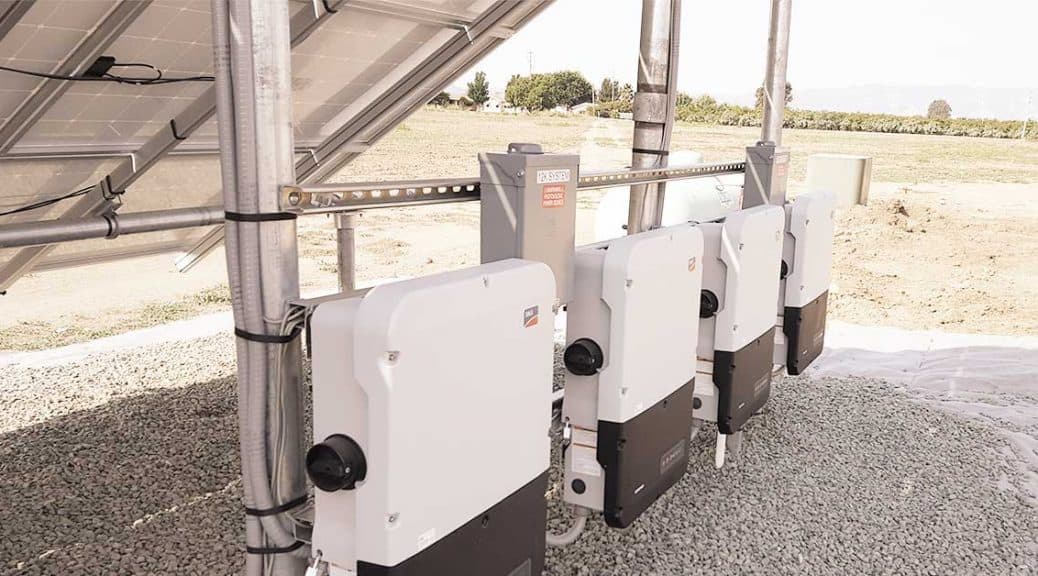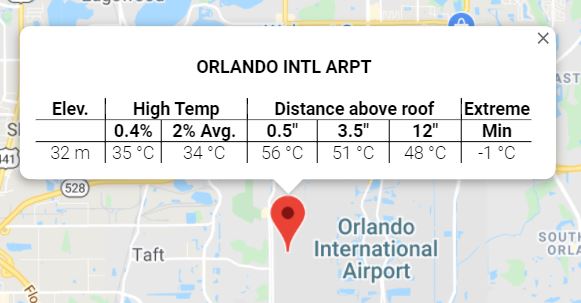live4soccer7
Solar Enthusiast
- Joined
- Jun 15, 2020
- Messages
- 670
Bummer.... none of the panels I'm looking at are in the lists provided and I can't input my own values.
The only shortcoming is that it won't do calculation for combining MPPT1 and MPPT2 together. You can get at it by fiddling with their separate tracker numbers.Woah! That's pretty awesome. saves a boat load of time. I may end up creating a spreadsheet version so any inverter could be used.
In the lower right hand corner they have a link to a newer international version of the calculator. Try using that, it's newer and might have your values. I found it more difficult to understand, but has more options.Bummer.... none of the panels I'm looking at are in the lists provided and I can't input my own values.
Do you have a preferred string calculator online to use? The last time I did calculations I did them by hand. I don't mind that, but it does take a bit of time.


There are a lot of grid tied Fronius inverters in homes in Australia which also have a grid tied AC coupled battery system, typically a Tesla Powerwall 2, but it can be any AC coupled battery system. The battery inverter controls the Fronius via frequency signal during grid outage operation. It has to because in any grid, be it the national grid or just one home operating off-grid, supply must be balanced with demand at every moment.Wow, had no idea such a thing existed.
They also have this:I used the Fronius tool.
Use the other tool I list, it does all that.The only shortcoming is that it won't do calculation for combining MPPT1 and MPPT2 together. You can get at it by fiddling with their separate tracker numbers.
I may need to tweak the count to a little less. I think I'd like to look at the MPP range on the inverter and the average temp over winter to make sure I will still fall within the MPP range at pretty much all times. I would say our average temp is -3 to -4C. That shouldn't be too hard to calculate.
It could mean that the optimal range is up to 480, it will still work at 550 and then after that it cuts back and then shuts down at 600? Just a guess.Do you think that Vmp of the array will sometimes be above top of MPPT voltage range for an inverter?
I wouldn't expect that to be common, with Voc within limits. And even if it happens, inverter draws down array voltage from Voc past Vmp to something a bit lower, the power vs. voltage curve doesn't roll off fast at reduced voltage.
Max voltage 600V
MPPT rated up to 480V
MPPT operating up to 550V (whatever the distinction between "operating" and "rated"?)
One SunPower 327W panel: 64.9 Voc 54.7 Vmp
Assuming an array that just hit 600 Voc at some temperature,
54.7/64.9 x 600 = 505 Vmp estimated. A bit over 480V, a bit under 550V
(Haven't worked out whether Vmp temperature coefficient is same as Voc)
If you expect the array to be two or three rows lined next to each other, then you'll want multiples of 2 or 3 for your array panel count. Prime numbers suck unless they are all in one long line. Or you don't care about having one panel sitting out on its own. Will look a bit suckerific though.I think the next step would be to figure out the orientation for mounting. Any tips or suggestions on this?
Mine are 30" at front, 8' at the back. There's a bunch of variables you have to play with depending on your mounting structure. For example there is a maximum height allowed on the front edge for certain post depth and length. Some of it has to do with more uplift the higher you put the array. If you use Sunmodo's calculator it will generate all that for you, I'm sure all manufacturers have something similar. There is also a limit on distance between front and back row of posts before you have to add more posts. The rails come in modular lengths, I think mine were 10'. So if you compare portrait and landscape you get more or less wasted rail depending on how many rows you have and that affects how many clamps you need. There is a maximum amount the East/West pipes can overhang the last posts, and all kinds of other little variables that affect total cost and how many post holes you need. I'd play around with one of the mounting calculators to get a feel for what configurations are optimum for your array size and config.Any recommendation for height off the ground on the front/lower side of the array?
I thought about dropping the panel count down to 16 a string so that I could have even numbers. That would likely work much better.


